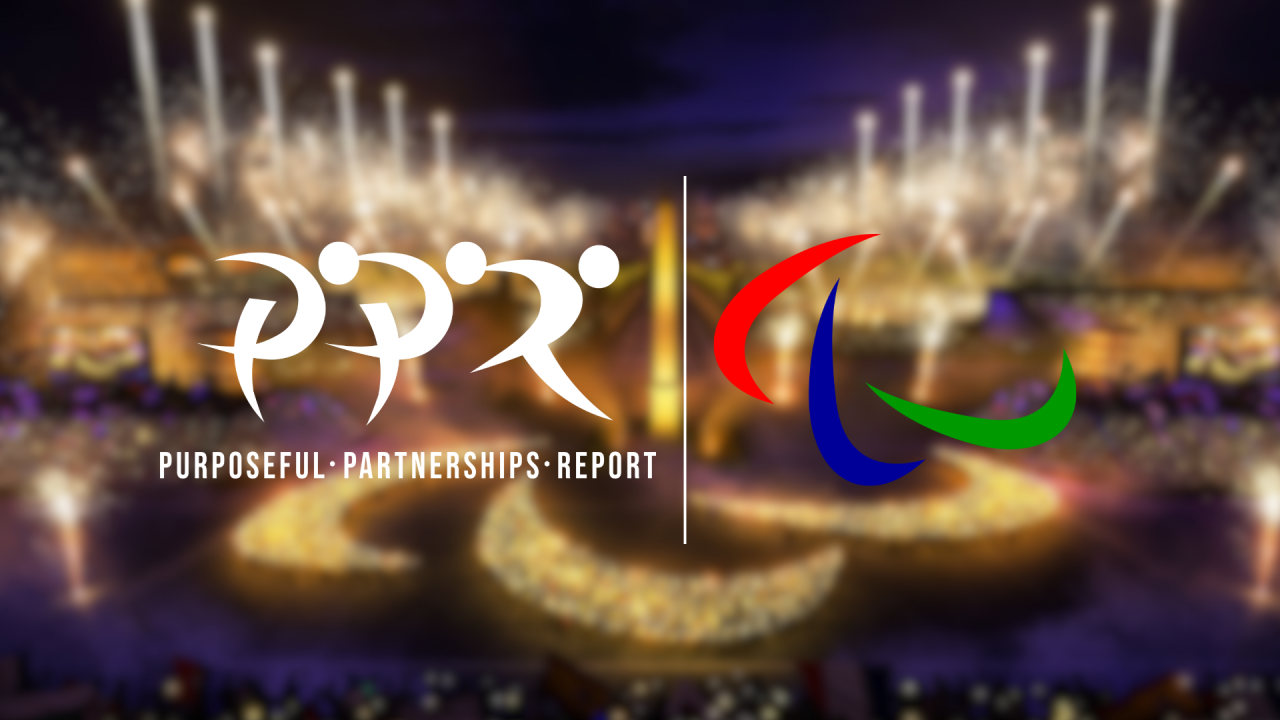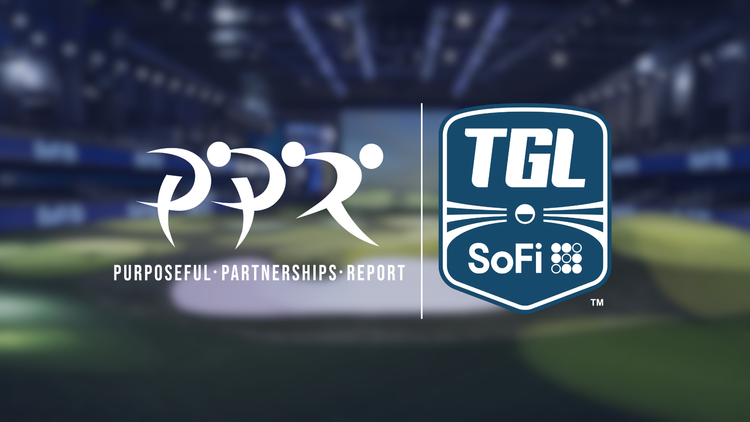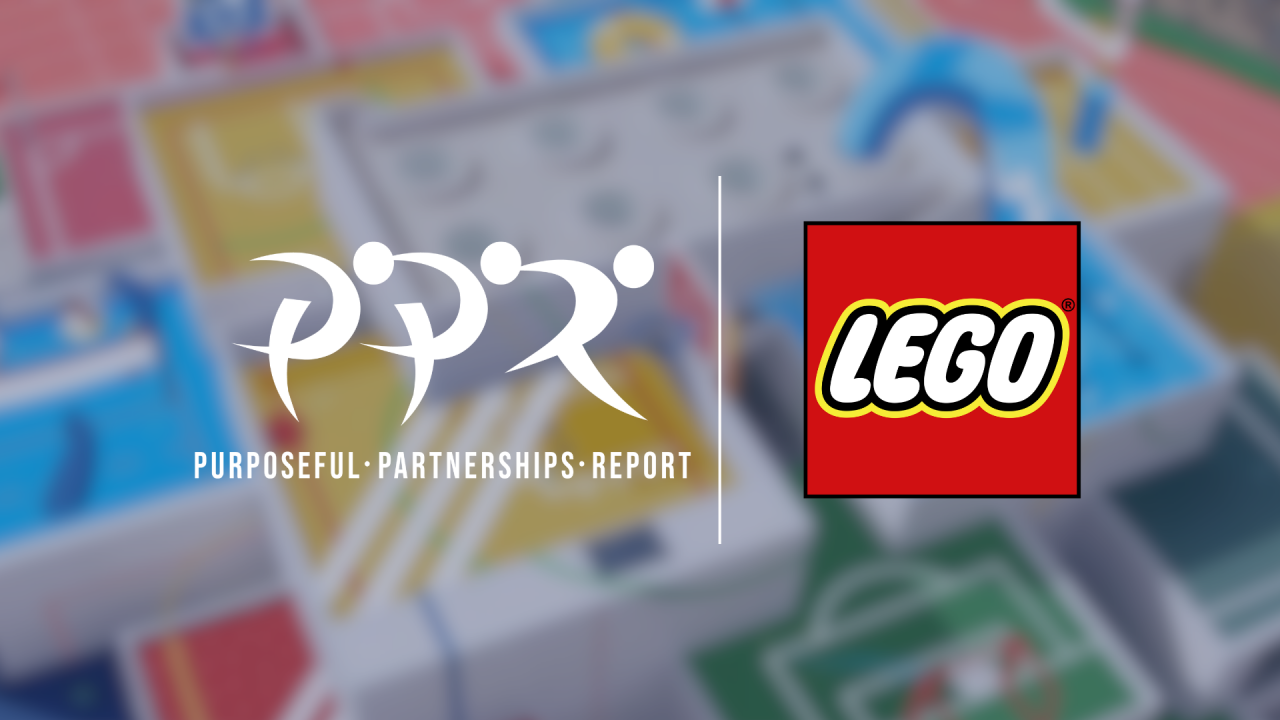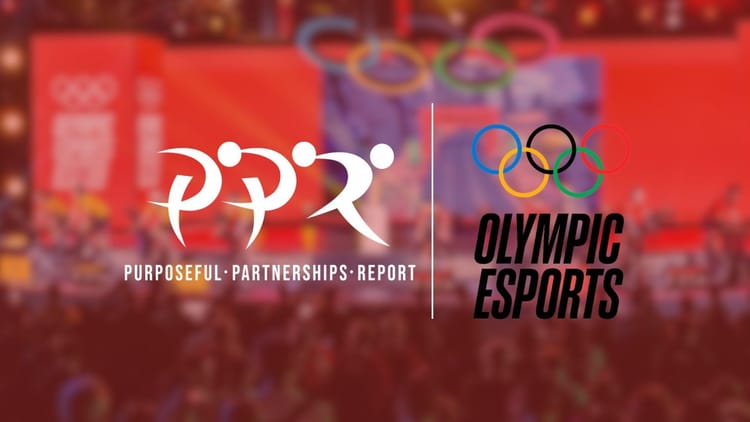Paris 2024 Paralympics: Uniting Sport, Partnerships, and Purpose on a Global Stage

The 17th edition of the Paralympic Games, which concluded last week in Paris, was a celebration of athletic excellence and inclusion. Held from August 28 to September 8, the Games featured a record 185 National Paralympic Committees, with athletes competing in 22 sports across 18 venues. A total of 549 medal events took place, with 4,400 athletes participating. Among them were a record-breaking 1,983 women—45% of the total—surpassing the previous high of 42% set at Tokyo 2020, and more than doubling the 988 female athletes from Sydney 2000.
In a further push for gender equality, Paris 2024 also introduced more medal events for women than ever before. This year's Paralympics was a milestone not only for the athletes but also for spectators, with 2.5 million tickets sold, making it the second-highest attended Paralympic Games in history. Viewership also surged, as NBC's coverage averaged 1.2 million viewers—a 31% increase from Tokyo 2020—reaching a total of 15.4 million across NBCUniversal.
International Paralympic Committee President Andrew Parsons praised Paris 2024 as a "new benchmark" for future Paralympic Games in terms of organization and impact.
Given these remarkable milestones for the Paralympic movement, I was inspired to explore the role partnerships have played in the success of the Games and examine how these collaborations have impacted National Paralympic Committees across the globe.
Paralympic Partner Overview
The International Paralympic Committee has 16 Worldwide Paralympic Partners. These partners were directly involved in the Paris 2024 Paralympics and they not only support the global Paralympic Movement but also collaborate with various National Paralympic Committees (NPCs) around the world. These partnerships help implement localized initiatives to increase athlete participation and expand awareness of para-sports within individual countries. By engaging with NPCs, these brands contribute to grassroots development programs, athlete support systems, and national-level para-sport events.
For example, Allianz works closely with both the IPC and national committees, extending support to local athletes and offering resources for mobility and career development across different regions. Similarly, Toyota partners with NPCs to promote mobility solutions and accessibility beyond the global stage, tailoring initiatives to meet the specific needs of each country.
This dual level of involvement allows these companies to foster inclusion and make a tangible impact both globally and locally, reinforcing their commitment to the growth of para-sport worldwide

Paris 2024 NPC Top 30 Total Medal Breakdown
To gain a clearer understanding of the partnerships present at the Paris Para Games, it is essential to examine the top-performing National Paralympic Committees (NPCs). I focused on the top 30 countries in terms of total medals at this year's games. As shown in Figure 1 and 2, these countries represent a diverse range of nations from across the globe. By compiling the partnerships for each NPC and removing all Worldwide Paralympic Partners from the dataset, I was able to determine which brands and NPC were truly active at the games, gaining insight into those leading both in competition and in sponsorship.
These 30 leading NPCs had a total of 405 active partnerships, with 378 unique brands represented. The five countries with the largest partnership portfolios were Belgium with 38 partnerships, the United States with 35, and India with 33. Australia and the Netherlands closely followed, each with 28 partnerships.
Among the most active brands were Adidas and Citibank, each with 6 partnerships. Bupa and Eurostar International followed with 3 partnerships, while Air France had 2.
In terms of industry representation, Apparel & Accessories brands made up the largest portion of the partnerships, accounting for 13% of the total. Financial services followed with 10%, Transportation brands contributed 7%, and Media and Healthcare brands each represented 6% of the overall partnership landscape.

This data reveals that the Paralympic movement is becoming a significant platform for brands to showcase their commitment to inclusion, accessibility, and diversity. The variety of sectors represented—from apparel to healthcare—underscores the wide-reaching impact of the Paralympics, both commercially and culturally. Furthermore, the concentration of partnerships in key countries reflects not just athletic prowess but also the strength of these nations in leveraging corporate sponsorship for broader social initiatives.
Conclusion
While there is no direct correlation between the number of active partnerships and total medal success at the Paralympics, the importance of National Paralympic Committees (NPCs) aligning their values with corporate partners is clear. These partnerships extend beyond mere financial or product support; they embody a shared commitment to social good, inclusion, and equity. The Paralympic Games provide a global platform where brands can showcase their corporate responsibility, with values such as perseverance, diversity, and inclusion at the forefront.
As the demand for purpose-driven partnerships continues to rise, the Paralympics will likely attract more companies eager to associate themselves with movements that drive real impact. This trend mirrors the ongoing rise in sponsorship and visibility within women's sports, where brands are drawn to the empowerment and progress these sports represent. By aligning with the Paralympics, brands not only demonstrate their commitment to inclusivity but also engage with communities on a deeper, more meaningful level. This synergy between sport and corporate purpose creates a powerful narrative of transformation that resonates with audiences globally.
Looking forward, the post-Paris Paralympics data will offer valuable insights into how these partnerships evolve. As we approach Milan 2026, the Paralympic movement is poised for continued growth, both in athletic achievement and corporate collaboration. The future promises to bring even more innovative, values-driven partnerships that reflect the evolving role of sports in shaping a more inclusive and equitable world.
The anticipation for this growth is exciting, as the Paralympics have the potential to set new standards for how global brands engage with social impact through sport.
Appendix
Figure 1

Figure 2

Figure 3

References
- Paris 2024 Event Data
- Paralympic Overview
- Sponsor United
- IPC President Statement
- NBC Universal Paris 2024 Metrics
- Paris 2024 Medal Table
Follow the Purposeful Partnerships Report on Instagram





